I am currently trying to figure out if a high frequency (GHz) resonant inductive coupling circuit would be feasible and efficient when wirelessly transferring power. Through many research papers, researchers suggest operating at frequencies lower than 100MHz.
I have seen people using two coil, three coil, four coil systems, but didn't seen anyone operating at frequencies higher than 100MHz.
Why is that the case? What are the governing laws of such behavior?

